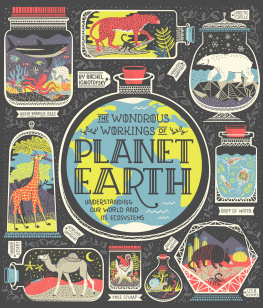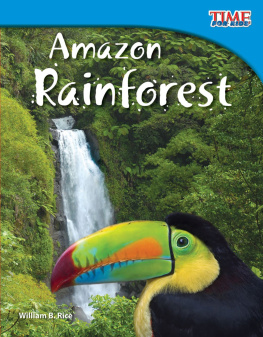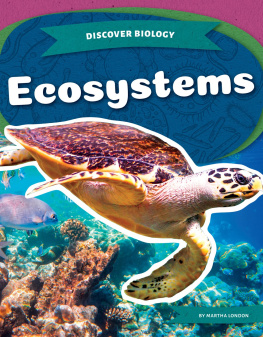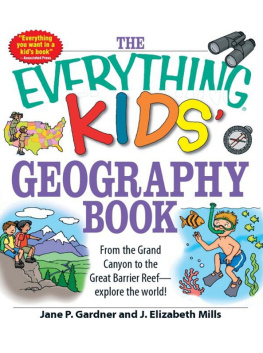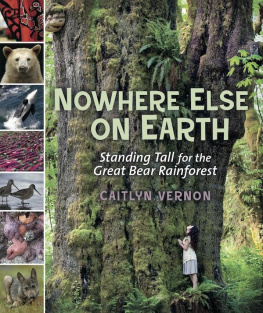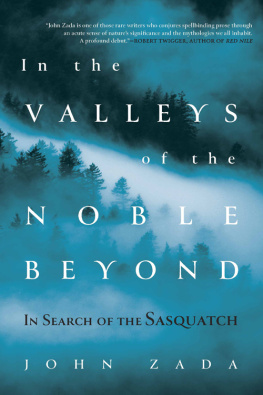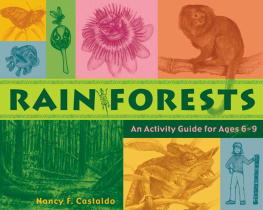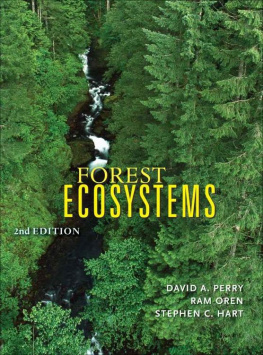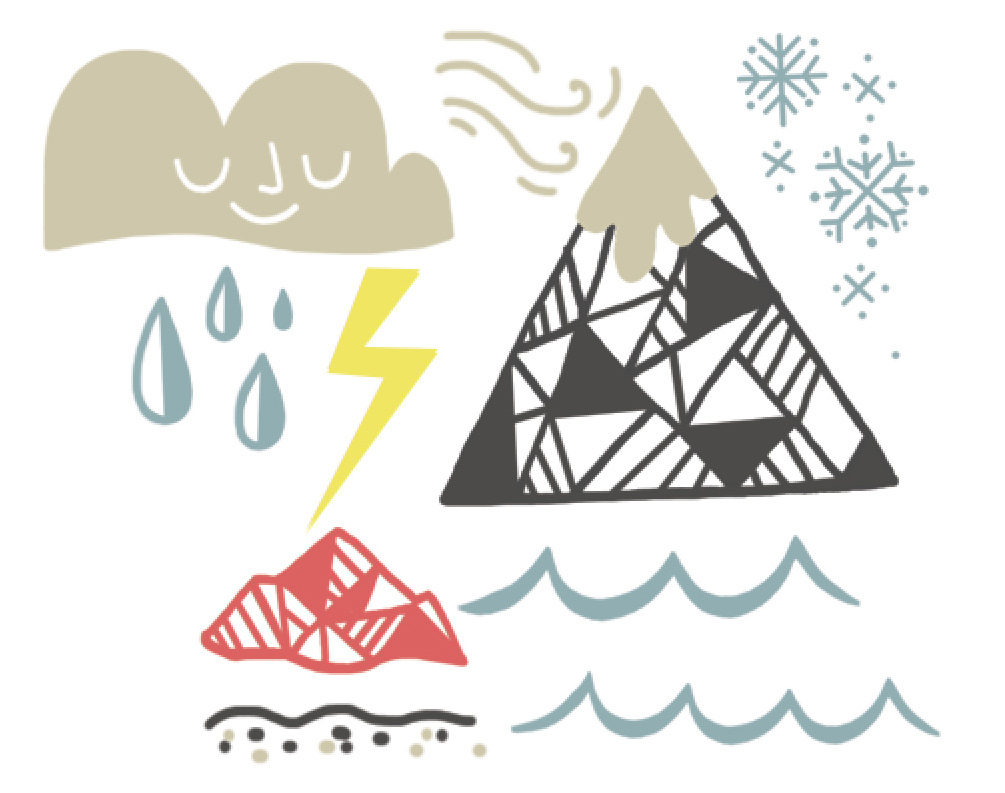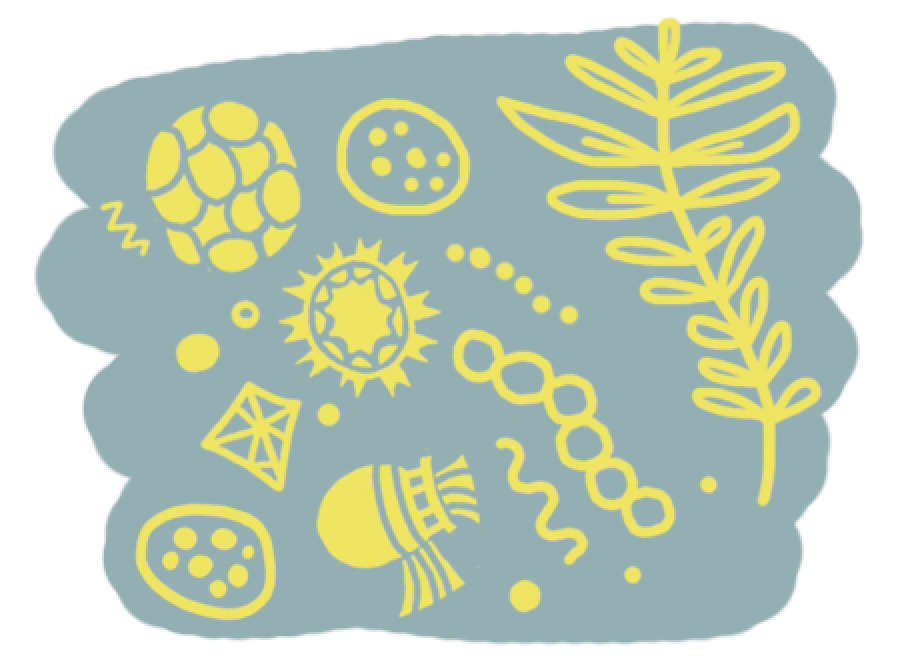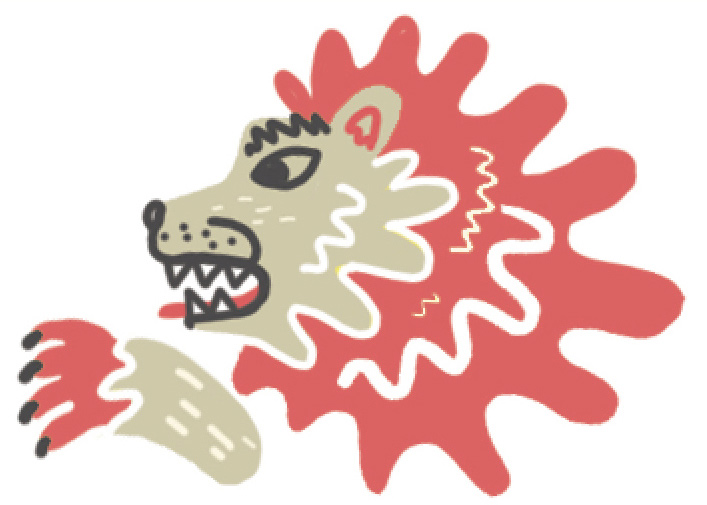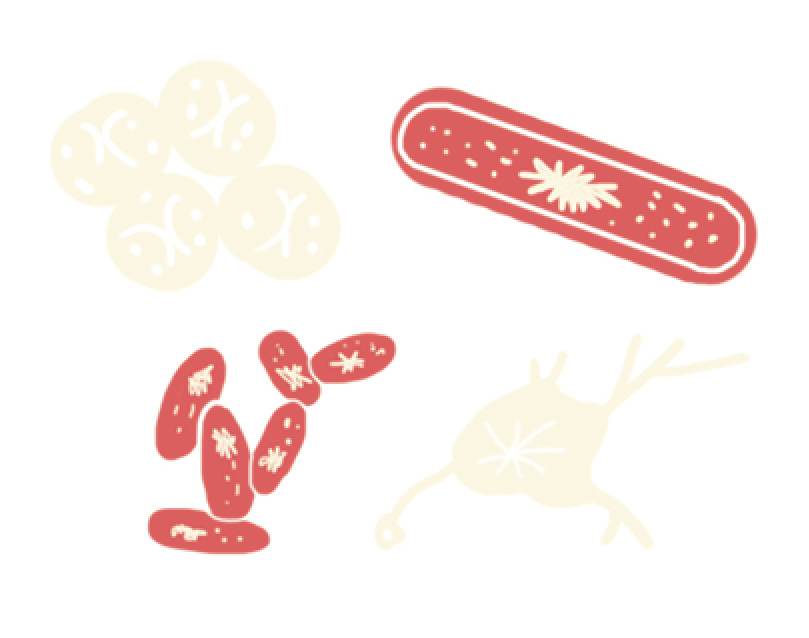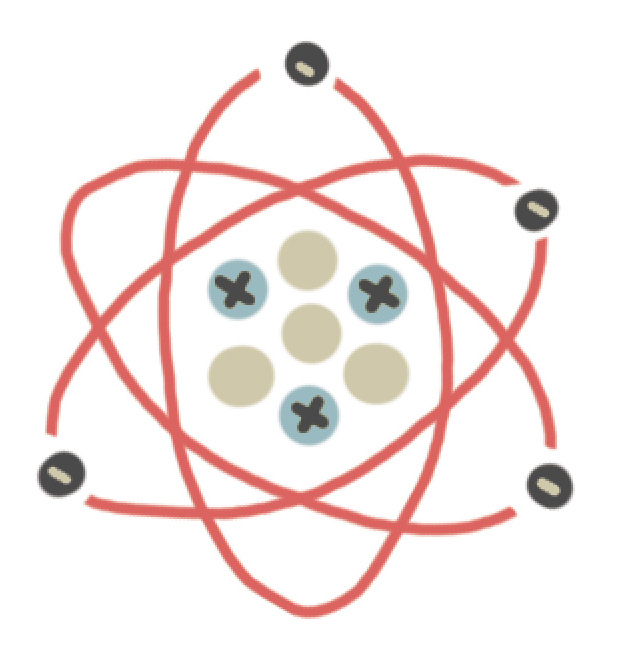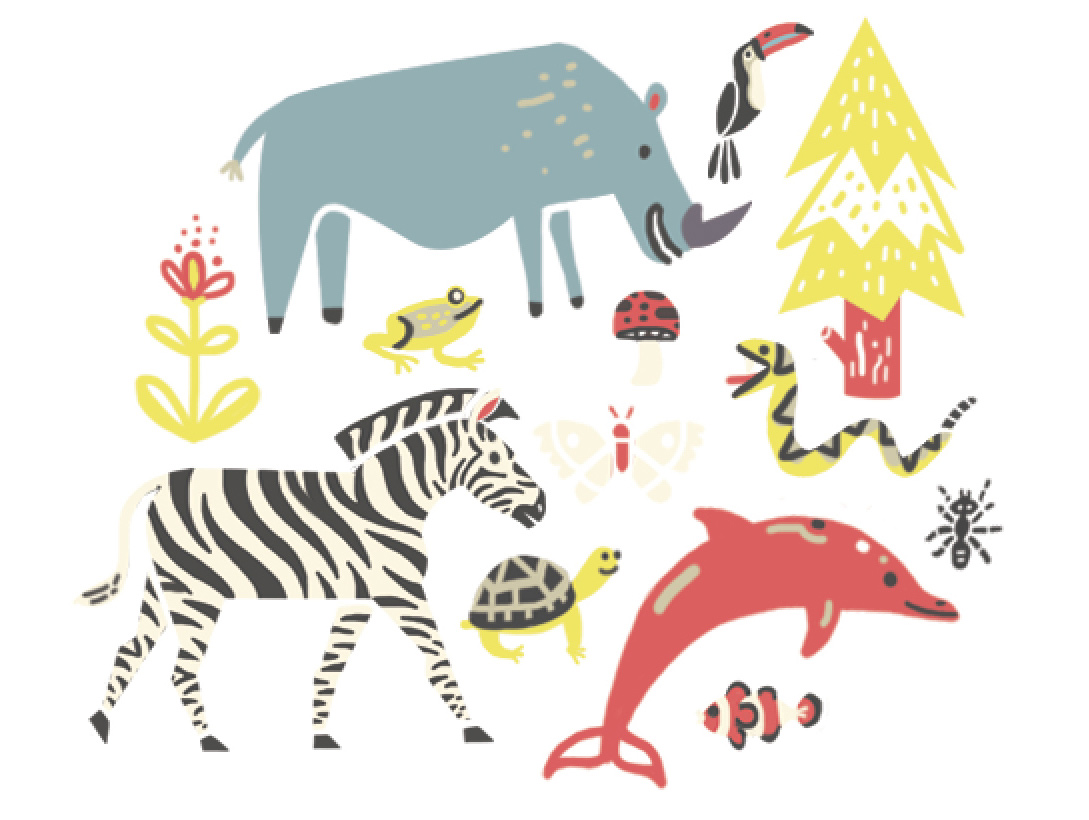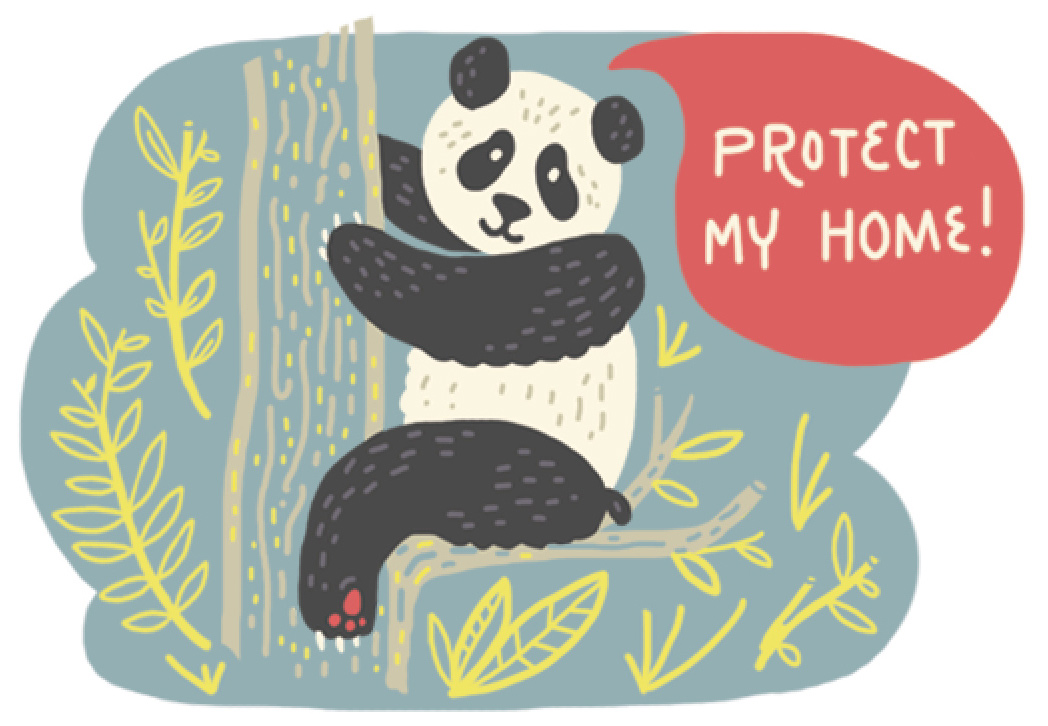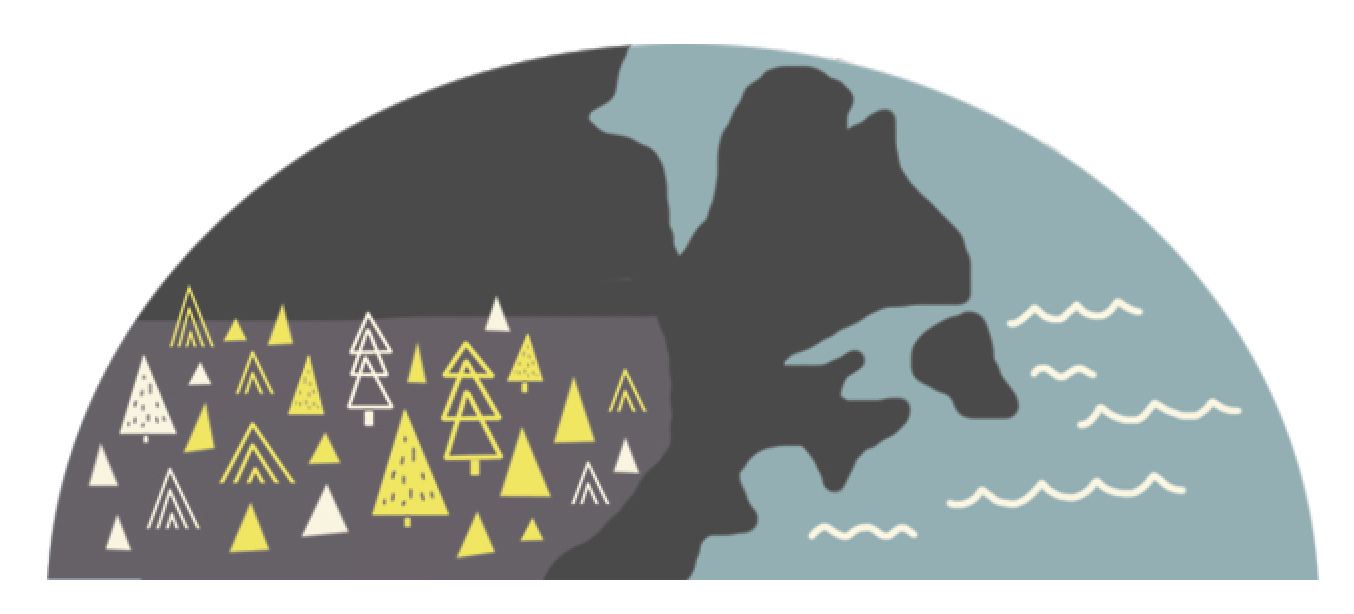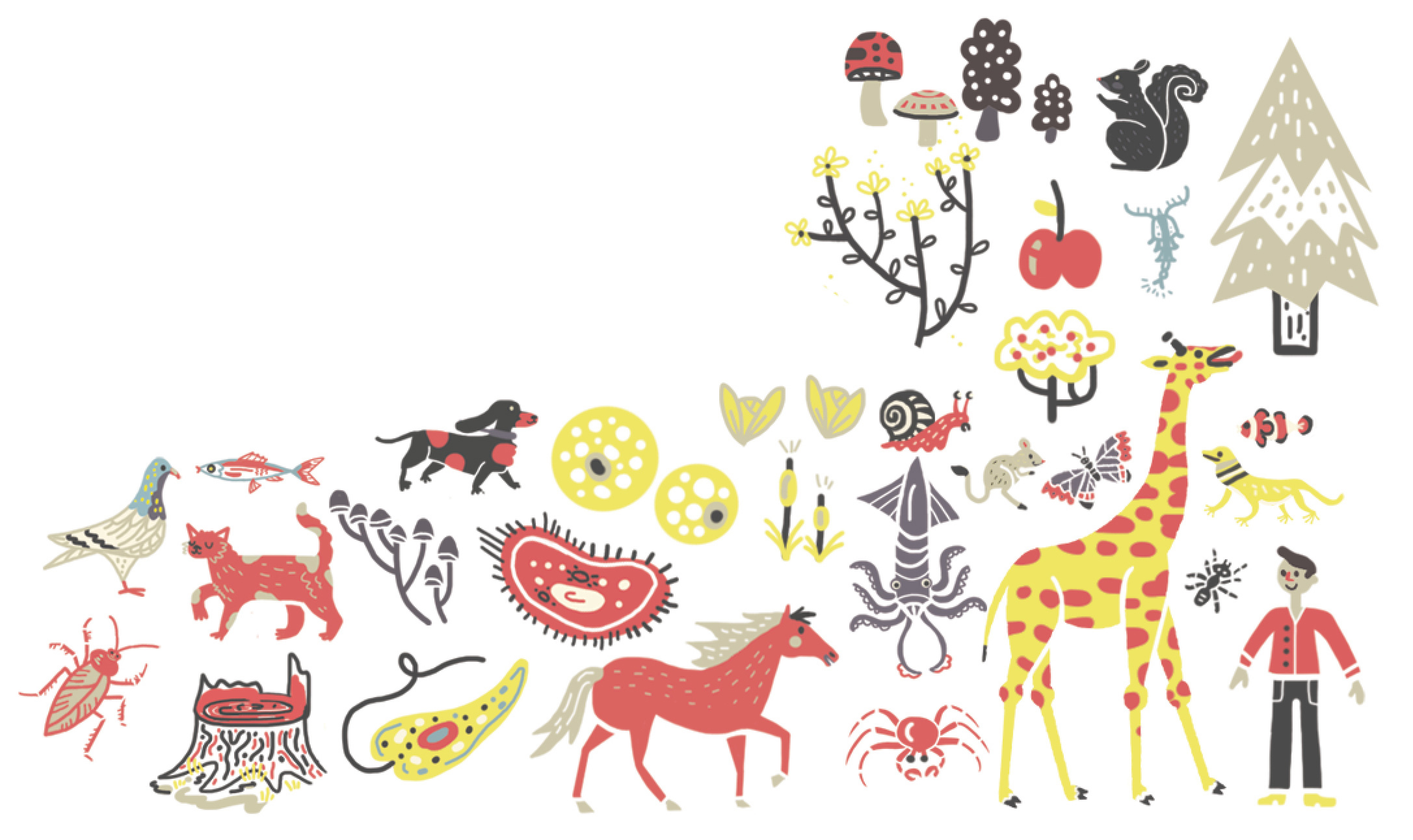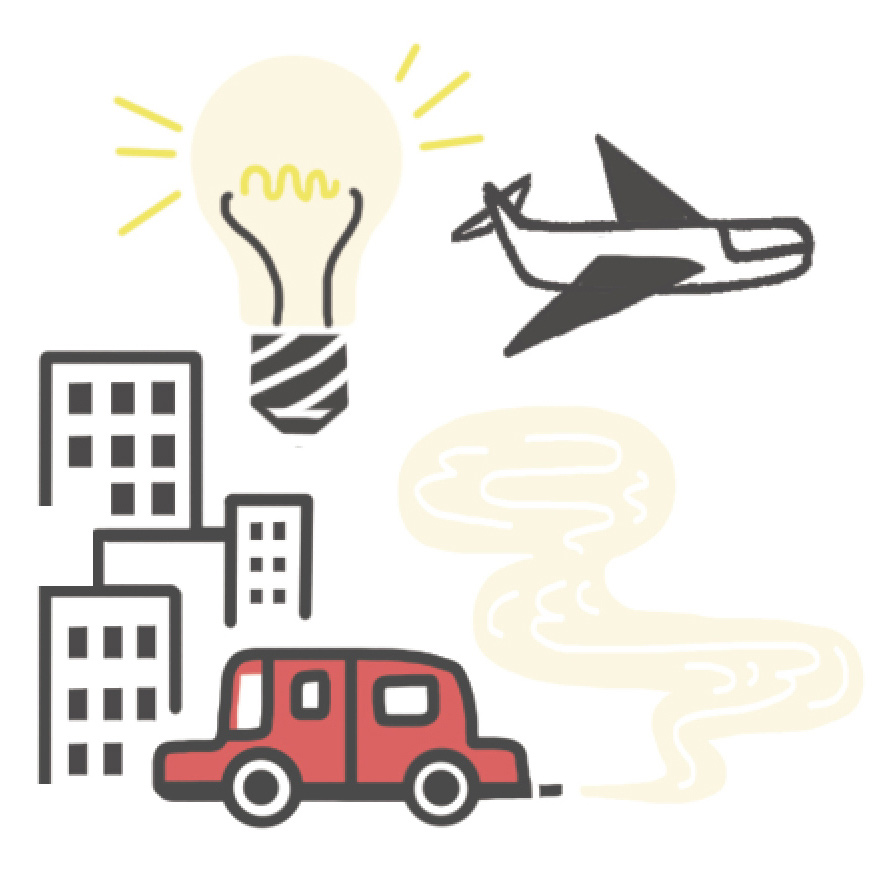Contents
I want to give a huge thank-you to everyone who helped me with the research, writing, and creation of this book. Your support means the world to me!
First, I want to thank my extraordinary editor empress, Kaitlin Ketchum! Her belief in this project and her passion for publishing educational books makes my work possible. Thank you so much for all of your insight, support, and amazing edits!
A huge shout-out to the rest of my Ten Speed team and their incredible skills. A big thank-you to my always posh and on point publicity and marketing teamDaniel Wikey and Erin Welkefor getting these books out there! Thank you to Kristi Hein for copyediting and spell checking! My books look as good as they do thanks to the production wizardry of Jane Chinn and talented typesetting stylings of my designer, Lizzie Allen.
Thank you to my agent, Monica Odom, for always having my back and being the all-time lady boss, helping me make all my book fantasies become reality.
A special thank-you to Eva Gurria, Martin Sommerschuh, and Natabara Rollosson for meeting with me at the United Nations and sharing their work and stories from the Equator Initiative with me.
Thank you to my dear friend, Aditya Voleti, for help fact checking and midnight walk-and-talks. A huge I love you to my husband, Thomas Mason IV. His help with fact checking, feeding me, and being my ultimate cheerleader has helped to make this book and my life wonderful. And one last huge thank-you to my family for all their Ignotofsky love and encouragement.
Rachel Ignotofsky is a New York Times bestselling author and illustrator. She is the author of Women in Science: 50 Fearless Pioneers Who Changed the World and Women in Sports: 50 Fearless Athletes Who Played to Win . With this book, she wants to introduce readers to the exciting world of nature, ecology, and conservation!
Her work is inspired by history and science. She believes that illustration is a powerful tool that can make learning exciting. Rachel hopes to use her work to spread her message about scientific literacy and feminism.
You can find her on Instagram @rachelignotofsky an online at rachelignotofskydesign.com.
ABIOTIC
Parts of an ecosystem that are not made up of biological organisms. Air, soil, rocks, weather, water, nutrients, and molecules are all considered abiotic. They are not, and have never been, alive.
ALGAE
A type of plant that does not flower and has no real roots, stems, or leaves. Often refers to microscopic, single-celled marine plants, but also includes certain types of seaweed like giant kelp that can grow to lengths of 50 meters.
APEX PREDATOR
An animal on the very top of the food web, which has no predators. Many think that human beings are the top apex predator of the world.
ARCHAEA
A single-celled organisms with no cell nucleolus and a slightly different structure than bacteria. Can be found in human intestines and marshes but also in extreme conditions like super-acidic water and hot underground vents.
ATOM
The smallest unit of matter. Different types of atoms come together to make molecules. Atoms of the same kind come together to create elements. Everything in the known universe is made up of atoms.
BACTERIA
A type of single-celled microscopic organism found everywhere. They are instrumental in the breakdown of decomposing organisms and the cycling of nutrients through our ecosystem, and we depend on them to live. They can be harmful, causing disease, but also useful, in making cheeses, wine, and medicine!
BIG BANG
A theory of how the universe began. Many scientists theorize that billions of years ago there was nothing but an infinitely small and dense point called a singularity. This exploded, creating all of the atoms and matter in the universe.
BIODIVERSITY
When many different types of animal and plant species live in a particular ecosystem or habitat. Biodiversity is essential to the overall health and resilience of an ecosystem. Only through biodiversity can ecosystems adapt to change.
BIODIVERSITY HOTSPOT
An ecosystem or region with a significantly high amount of biodiversity that is also currently under threat of being destroyed. By identifying these regions, ecologists hope to intervene to protect them before it is too late.
BIOME
Areas on Earth that have similar climates, plants, and animals. Biomes are defined by their average precipitation rates and temperature. For example, very cold, dry areas are considered tundras, while very hot, wet places are considered tropical rainforests.
BIOTIC
The parts of an ecosystem that are made from living or formerly living organisms. Plants, animals, and bacteriaalive or deadare all biotic. For example, a rotting log is considered biotic, and so is a chair made from dead wood.

